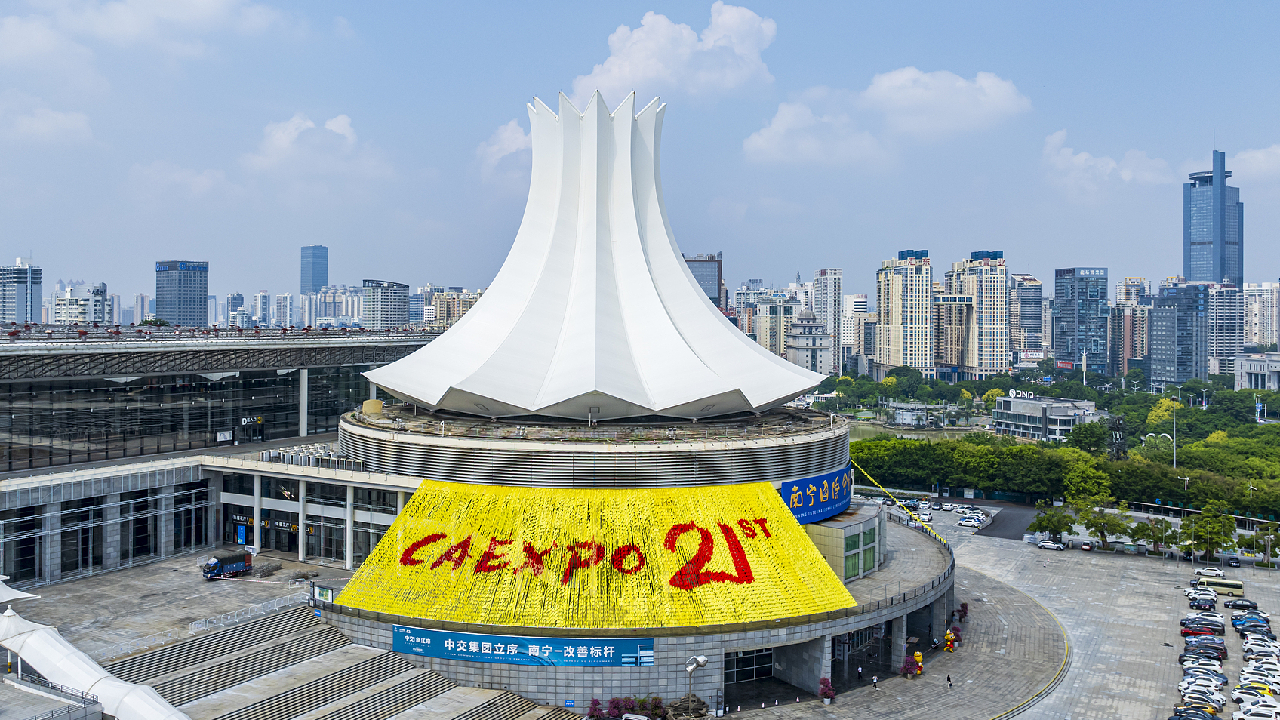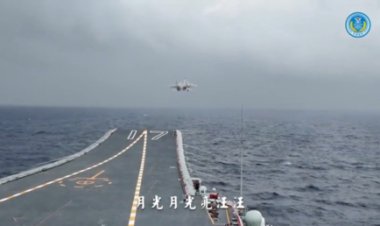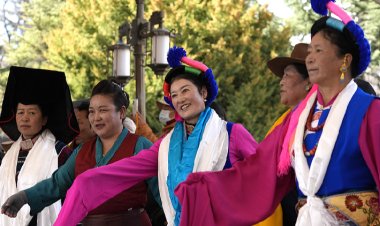Smart, Eco-Friendly Technologies See Rising Popularity at China-ASEAN Expo
At the current China-ASEAN Expo taking place in Nanning City, located in the Guangxi Zhuang Autonomous Region of southern China, Guangxi LiuGong Machinery Co., Ltd. is attracting significant attention from mining and construction firms within the ASEAN countries.

This innovative loader, designed and produced by Guangxi LiuGong Machinery Co., Ltd. in China, is becoming increasingly popular among mining and construction firms in the Association of Southeast Asian Nations (ASEAN) countries.
"Catering to demands for high-end, diversified and personalized products in the construction machinery market, LiuGong has focused on the electrification, digitization, interconnectivity and intelligence of machinery, with double-digit annual growth in R&D investment," remarked Li Dongchun, a senior manager at the company.
At the ongoing China-ASEAN Expo in Nanning City, located in southern China's Guangxi Zhuang Autonomous Region, LiuGong is showcasing eight electric products, including loaders, excavators, and forklifts, to meet the rising demand for Chinese-made smart and green products in the ASEAN region.
China-ASEAN trade has experienced consistent growth over the years. Official statistics indicate that China has been ASEAN's largest trading partner for 15 years, with bilateral trade increasing from 876.4 billion yuan in 2004 to 6.41 trillion yuan in 2023, reflecting an average annual growth rate of 11 percent.
As China intensifies efforts to develop tech-intensive and environmentally sustainable growth engines, smart and green products and technologies are drawing significant attention from both exhibitors and visitors at the expo.
During a signing ceremony at the event on Tuesday, 109 agreements were reached across strategic emerging sectors, including new energy, advanced manufacturing, and electronic information.
Kao Kim Hourn, secretary-general of ASEAN, mentioned that China and the ASEAN countries are seeking new cooperation opportunities in areas like artificial intelligence and clean energy, aligning their mutual objectives of innovation and sustainable development.
For green technology companies such as Envision Group, the expo serves as an opportunity to engage with ASEAN's expanding market as developing nations address the challenges of transitioning to green energy.
"The expo is a great platform to help us establish connections with more customers from ASEAN countries," expressed Wu Jiakun, a representative from Envision Group.
Since 2015, the company has been partnered with Vietnam on wind turbine generator projects and has established offices in seven ASEAN nations, including Cambodia and Laos.
Wu emphasized his interest in the renewable energy sector within ASEAN, particularly in wind turbines and energy storage systems.
Chinese renewable energy industries, many of which have matured, are eager to share their expertise with ASEAN countries. Such collaborations could foster mutually beneficial outcomes for both economies and inject fresh green momentum into the development in neighboring regions, he noted.
In Thailand's Sirindhorn Reservoir, a China-assisted floating photovoltaic initiative, recognized as one of the nation's largest hydro-floating solar hybrid projects, has propelled it closer to achieving its green development objectives.
The China Energy Engineering Corporation Limited, responsible for the project, frequently participates in the expo, presenting it as a key example of Chinese companies' dedication to advancing green energy partnerships within ASEAN.
"ASEAN is a key strategic market for our company's international business development. Additionally, advancing clean energy projects in ASEAN countries contributes to the region's green and low-carbon development," stated Song Hailiang, the company's chairman.
Shi Zhongjun, secretary-general of the ASEAN-China Centre, observed that China-ASEAN collaboration has broadened into new areas, unlocking substantial potential in emerging sectors. He indicated that both sides enjoy significant prospects for jointly developing new quality productive forces.
Kao noted that given the interdependent nature of the Chinese and ASEAN economies, where they each represent the largest trading partner for the other, promoting bilateral cooperation in technological innovation and transfer will pave the way for new growth opportunities for both regions.
Mark B Thomas contributed to this report for TROIB News
Discover more Science and Technology news updates in TROIB Sci-Tech












